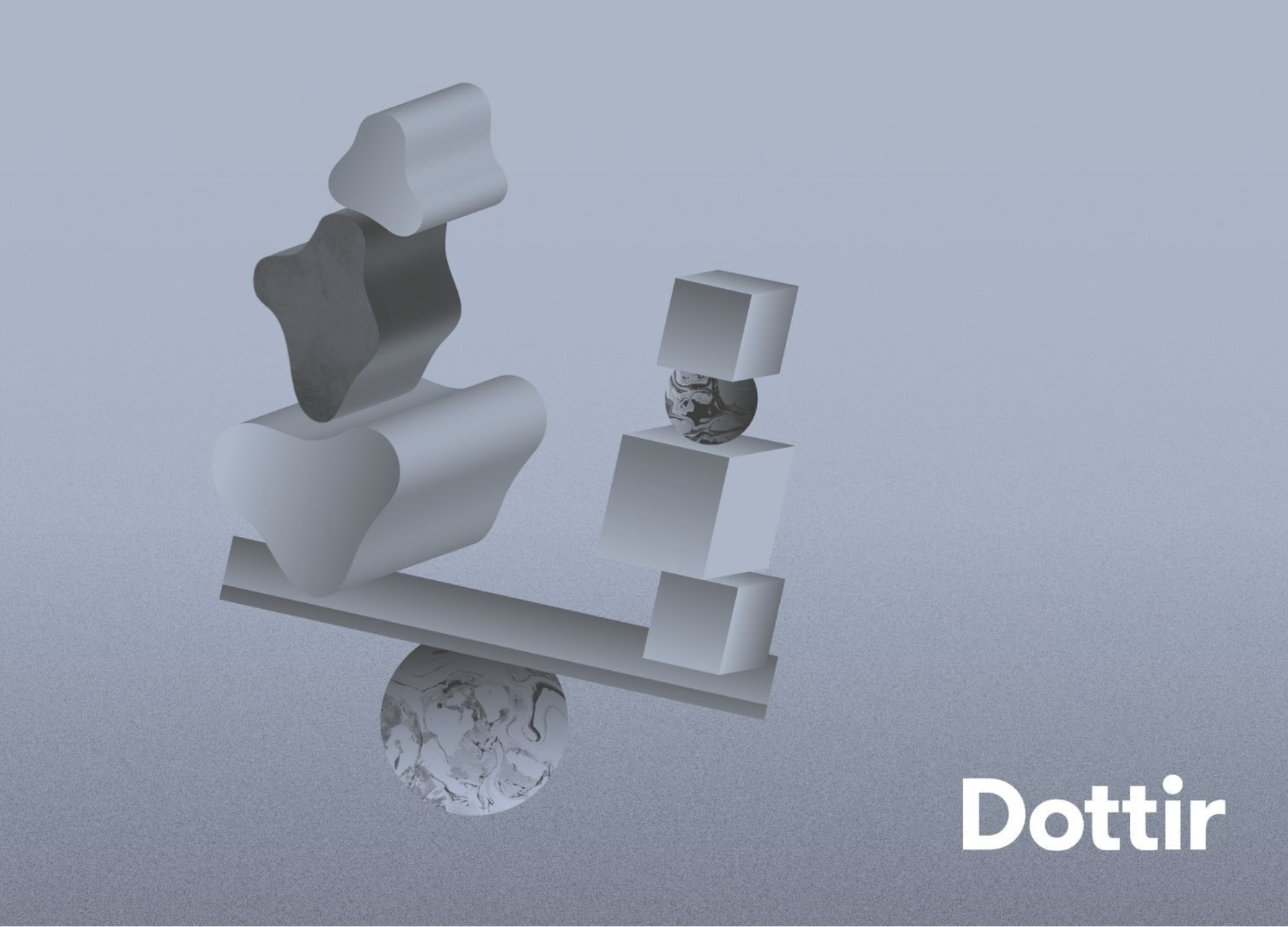Read next


Fund managers and financial advisors struggle with the SFDR regulation (the EU’s Sustainable Finance Disclosure Regulation, 2019/2088) when trying to interpret the rules and finding concrete procedures to tackle various sustainability reporting requirements. Even fundamental issues seem to remain unclear on a practical level: what is the actual difference between article 8 and 9 funds and products? Is it worth all the hard work to require article 8/8 plus, not to mention article 9 level disclosure and reporting from your investment and target companies? According to Morningstar’s report ‘SFDR Article 8 and Article 9 Funds: Q4 2022 in Review’ (Manager Research 26 January 2023), “About 420 products changed SFDR status since September last year, including 307 that downgraded to Article 8 from 9, representing EUR 175 billion in assets, or 40% of the Article 9 category.”
The new minimum standard: funds being classified at least as article 8 funds to meet the continuous inflow of funds and investments to green, ESG oriented investments. Each fund manager and financial advisor must make their own assessments and classifications, and therefore it varies a lot how one fund manager interprets the regulations compared to the others. In the lack of clearer rules and concrete instructions, it may be more profitable to skip the heavy duties and stay on article 8 level – after all it seems that the investors are still investing if you hit at least the new minimum of article 8. The reasons behind this trend are merely practical and economical. It is not worth all the sweat and tears needed to setup a function that will serve the funds and fund managers with all the relevant data and help in measuring such data to meet the article 9 requirements and reporting duties. For sure, some investors only prefer article 9 funds and products, but the percentage of those investors may be still considered low compared to the whole pool of responsible investors.
The market has introduced an additional alternative, article 8 + fund, fulfilling the following criteria:
Any 8 plus fund is therefore subject to the same reporting requirements as regards article 9 funds and the sustainable investment requirements (including the PAI indicators and the EU taxonomy).
The EU taxonomy completes the SFDR reporting requirements. It helps a bit as there is significant overlap between sustainable investment classification and alignment with the EU taxonomy. Given the detailed technical screening criteria available to assess taxonomy alignment, the process of classifying an investment as sustainable is made easier if the activity falls within the EU taxonomy.
The Finnish supervisory authority (FIN-FSA) has reminded the market players to pay attention to the SFDR requirements as there is still quite a lot of work to do to be both SFDR compliant and EU taxonomy eligible and/or aligned. It is good to bear in mind that only funds classified as article 8 or 9 under the SFDR regulation can use terms relating to sustainability (such as sustainable, ESG and responsible) in their fund names.
Writers:
Juha Nurminen, Mariella Både-Landell, Mia Rintasalo and Sebastian Vuoritsalo.
